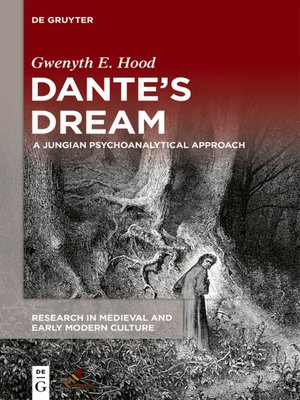Dante's Dream
ebook ∣ A Jungian Psychoanalytical Approach · Research in Medieval and Early Modern Culture
By Gwenyth E. Hood

Sign up to save your library
With an OverDrive account, you can save your favorite libraries for at-a-glance information about availability. Find out more about OverDrive accounts.
Find this title in Libby, the library reading app by OverDrive.



Search for a digital library with this title
Title found at these libraries:
| Library Name | Distance |
|---|---|
| Loading... |
Archetypal images, Carl Jung believed, when elaborated in tales and ceremonies, shape culture's imagination and behavior. Unfortunately, such cultural images can become stale and lose their power over the mind. But an artist or mystic can refresh and revive a culture's imagination by exploring his personal dream-images and connecting them to the past. Dante Alighieri presents his Divine Comedy as a dream-vision, carefully establishing the date at which it came to him (Good Friday, 1300), and maintaining the perspective of that time and place, throughout the work, upon unfolding history. Modern readers will therefore welcome a Jungian psychoanalytical approach, which can trace both instinctual and spiritual impulses in the human psyche. Some of Dante's innovations (admission of virtuous pagans to Limbo) and individualized scenes (meeting personal friends in the afterlife) more likely spring from unconscious inspiration than conscious didactic intent. For modern readers, a focus on Dante's personal dream-journey may offer the best way into his poem.







